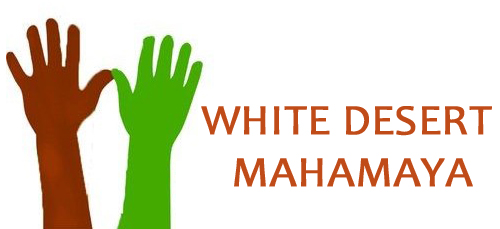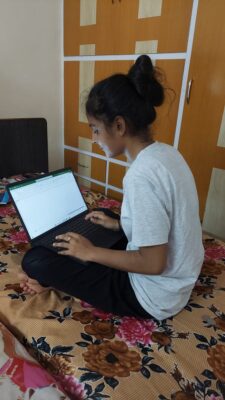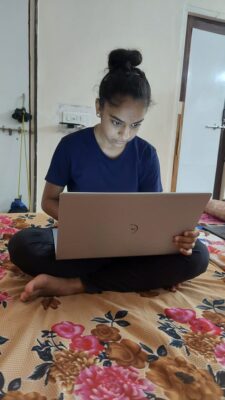VIEWS ON EDUCATION
What plagues rural education
- Infrastructure … here many government initiatives are being undertaken to improve, upgrade including introduction and adoption of information and communication technology, digital education….additionally Institutes of learning (Class XI to graduation)should be spread across the district and not located only in the district capital or big towns.
- Teachers and therefore the student teacher ratio.
- Inadequate numbers.
- Lack of the desired quality.
- Absence of commitment.
- An uniform curriculum
- Fear of failure
- Lack of conversational English skills
- And an overall disregard for academics, irrespective of the initiatives taken by the government to improve overall literacy
What do we propose as solutions for the next 15-20 years, post which the pursuit for excellence can begin
Social
- Enhanced budgetary allocation for rural education
- Make education up to college free for rural students ..this has to be done through public private partnership , though if leakages are plugged, a proper and efficient management structure is created, such costs are eminently manageable with in the framework of current financial allocations
- Make basic education @ class XII mandatory for ration card, aadhar card, and attendant benefits (with a cut off date of birth- not with retrospective effect) …There is a calculated risk involved…we feel a large percentage of students who have successfully reached that level would be more naturally inclined to pursue higher education
- Raise the marriageable age, irrespective of the gender to 23 years (ideally, may be 21 as an intermediate solution)
Syllabus
- Uniform syllabus till class VIII covering all subjects
- Introduce 45 minutes a day conversational English classes from class V , all the way up to Class XII..make regular one act plays, street plays,, recitation, debates, etc in English part of the process
- A board level examination after class VIII , with higher focus on aptitude evaluation and basic knowledge
- Common subjects for class IX-XII ( 4 years) with Board examinations after class X and Class XII
- Then four-five year integrated courses
- Medical
- Engineering
- Any science, arts or commerce graduate course + B Ed course
- Any science , arts or commerce graduate course + Nursing course
- Any Science , arts or commerce graduate course + Management (Business, Marketing and Sales, HR, Financial – basically preparing for management roles )
- Any science course + diploma engineering course ( relevant options)
- Any science, arts or commerce graduate course + vocational or job specific training
- An integrated course covering agriculture( modern methods including multi cropping ), dairy farming , livestock management, organic farming, e commerce, etc
- Integrated courses which have relevance to water , waste , energy and environment management
What are we trying to achieve
- Reduce/ eliminate drop outs along with fear of failure
- Create a bank of local, committed, quality teachers who going forward, will redefine the canvas and create the foundation for merging the rural urban divide
- By focusing on conversational English and courses which have relevance to the context, we are looking to create a situation where local enterprise can be managed largely through local talent . This will also facilitate investment
- Focus on agriculture, dairy farming, energy , water conservation, waste management, etc will keep the local emerging educated population engaged in the villages and put an end to rural urban migration
- We are also looking to create a future generation who will rise above and beyond considerations of caste, creed and religion, NOT DEPENDENT ON SUBSIDIES OR RESERVATIONS ….who will ask questions of the elected representatives and demand effective fulfilment of promises….This, in turn will lead to the India of our dreams ..towards an inclusive future of equal opportunities
And have the concept of learning centre. micro learning centre in every village
Why
- Atmosphere in most households not conducive to pursuing academic interests ..therefore channelize the energies of the children in the proper direction
- Give local qualified students or even teachers from local schools scope for income/. additional income
- Focus on all round development of the child
What is the cost per learning centre say for 500 students
- 8-10 teachers @Rs 100000 per month (includes administrator and facilitators/mentors)
- Other costs @Rs 100000 per month
- Total Rs 200000 per month assuming class rooms are provided in the local schools outside of school hours
- A cost of INR 24 LACS per year other than one time investment in hard ware
- This with a little bit of incentives from the government can easily be financed and run by local HNIs, municipal /local governing bodies , manufacturing units located in and around the village or through judicious allocation of the CSR budgets of large conglomerates
- There could be a central nodal organization (NGO) for every district who are provided the funds, asked to administer the responsibilities and progress evaluated on a quarterly basis
White Desert Mahamaya
If we are able to locate funding , with our current work speaking for our intent , capability and vision, over the next ten years we plan to play this role of introducing learning centres like WHITE DESERT MAHAMAYA in padhar village, Bhuj, across the district of Kutch.
Kutch District has 939 villages , so when our vision is fulfilled, we will make a difference to about 4,50,000 plus children with an annual financial outlay of only Rs 20-25 crores
Some of our senior students are now being provided with laptops, to help continuously explore new horizons . ..”A moment’s insight is sometimes worth a life’s experience “…
-Traditional
-Digital
-Project , based academic support – key towards an inclusive future of equal opportunities ,




